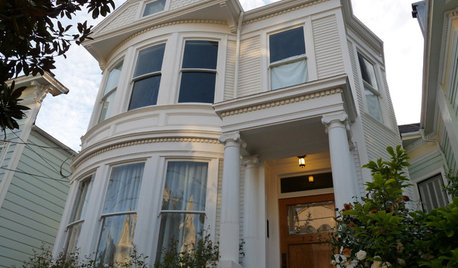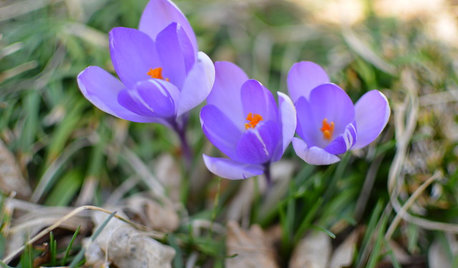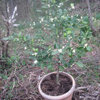Root growth
Nic1
11 years ago
Related Stories

ARCHITECTURERoots of Style: Midcentury Modern Design
Midcentury modern still charms with its linear forms and low-sloping roofs. Appreciate it now — such simplicity can be hard to replicate
Full Story
ARTThe Beauty of Bonsai — Living Art, Rooted in Harmony
Create your own emblem of nature's balance with an art form dating back 1,000 years
Full Story
ARCHITECTURERoots of Style: Queen Anne Homes Present Regal Details
Complex facades with bay windows, multiple shingle patterns and even towers make these Victorian-era homes a sight to behold
Full Story
FEEL-GOOD HOMERejuvenate Your Home With Deep-Rooted Traditions
Give the subtle energies and spiritual side of your home some attention, and watch newfound calm and beauty blossom
Full Story
TRADITIONAL ARCHITECTURERoots of Style: Pueblo Revival Architecture Welcomes Modern Life
Centuries-old details of adobe construction still appeal in the desert Southwest, adapted to today's tastes
Full Story
Rooting for Indoor Trees
Houseplants tend to get all the glory indoors, but trees deserve their place in the sun — and in your living room, your entryway, your ...
Full Story
GARDENING GUIDESTexas Gardener's October Garden Checklist
Earn a "free" bonus by dividing perennials, make planting a priority now for hardy growth next year and keep an eye on your lawn
Full Story
LANDSCAPE DESIGNPretty Trees for Patios, Paths and Other Tight Spots
Choose trees for their size, shape and rate of growth — or shape them to fit your space. Here's how to get started
Full Story
SUMMER GARDENINGHow to Grow Basil
Bright color, quick growth and endless uses for cooking make this summer annual a winner in the garden or a pot
Full Story
REGIONAL GARDEN GUIDESMid-Atlantic Gardener's March Checklist
Hunt for new growth in the garden but play the protector for baby plants and birds flying home to nest
Full Story






Michael AKA Leekle2ManE
Michael AKA Leekle2ManE
Related Professionals
Kyle Landscape Architects & Landscape Designers · Oatfield Landscape Architects & Landscape Designers · Southfield Landscape Architects & Landscape Designers · Tempe Landscape Contractors · Bainbridge Island Landscape Contractors · Gaithersburg Landscape Contractors · Lehigh Acres Landscape Contractors · Painesville Landscape Contractors · Plantation Landscape Contractors · Seminole Landscape Contractors · Webster Groves Landscape Contractors · West Chester Landscape Contractors · Woodland Landscape Contractors · Tyngsboro Landscape Contractors · Raytown Landscape Contractorscayden
hoosierquilt USDA 10A Sunset 23 Vista CA
johnmerr
cayden
cayden
Nic1Original Author
Michael AKA Leekle2ManE
meyermike_1micha
cayden
hoosierquilt USDA 10A Sunset 23 Vista CA
johnmerr
rhizo_1 (North AL) zone 7
greenman28 NorCal 7b/8a